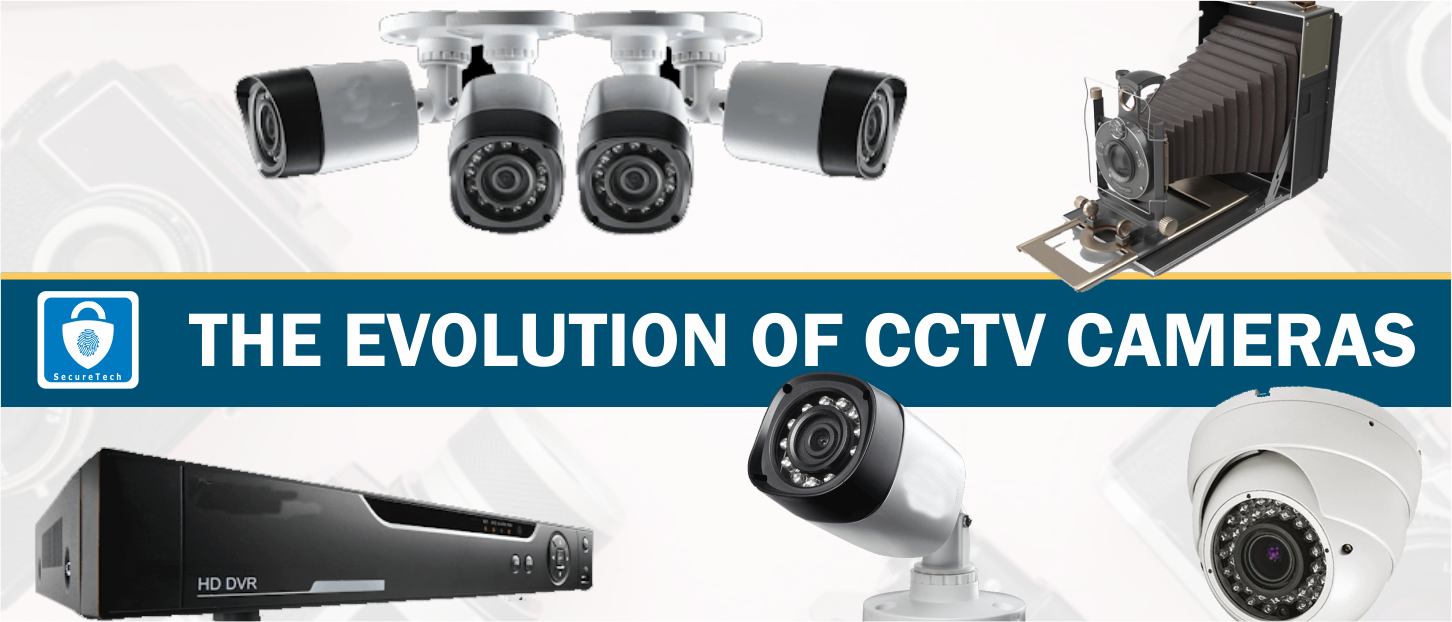The Evolution of CCTV Technology

CCTV TECHNOLOGY FROM 1942 – TILL THE LATE 2000
Over the years CCTV technology, ability, and usefulness has evolved. The earliest documented use of CCTV comes from Germany in 1942, then Cameras were used to observe the testing of rockets.
The components of the system were cameras and monitors. The fundamental use of these early systems was simply for monitoring live event, which is still a major use today. Cameras can be placed where people cannot or do not want to be, whether it be near a rocket or in a sewer pipe. Multiple camera systems also allow one person to monitor an area that would never be possible without them.
The next evolution of CCTV technology came from recording video. By the early 1980’s VCR’s and multiplexers were being used between the cameras and monitors. A multiplexer allows for multiple cameras to be seen on one monitor. The iconic split screen of four cameras is made possible because of the multiplexer. Before then, watching four cameras meant using four monitors or a switcher that showed only one channel at a time.
The VCR changed the use of CCTV technology. Now that the video are being recorded, it could be used as evidence of crimes. It also expanded its abilities. No longer was someone needed to monitor the live video. A system could be installed and then forgotten about.
If there was an event there is now a record and it can be viewed after the fact. The VCR took the place of the viewer for most of the time. The technology was still clunky. Tapes needed to be changed every day or rewritten. That meant that either the user only had a day at the most of video or they had to keep a library of VHS tapes. If there was a crime or event, the tape could be given to the authorities as proof.
In the early 2000’s the CCTV technology industry moved toward the digital age. The VCR was replaced by the DVR. DVRs made the CCTV system simple. Firstly, with a DVR the multiplexer is built in. That means there is one piece instead of two. The cameras go straight into the DVR.
The second improvement is that the video is stored digitally on a hard drive. No more tapes, the video is recorded internally. Once the hard drive is full it can start writing over itself. Depending on the size of the hard drive the unit can store days or months of video. Also with the digital format, the video files are organized. The user can look for video with a time search feature.
Since the format was digital the video could be downloaded to a DVD or a USB if it needed to be saved or given to the authorities.
In current surveillance systems the DVRs are equipped with on board video servers. This allows a viewer to remotely log in through a PC or a smartphone. Depending on the DVR they can do everything from view live footage or even download recorded video remotely.
The current cutting edge of CCTV technology is IP megapixel cameras. Functionally, the use of the analog camera with DVR system and the IP (internet protocol) video system is the same. The biggest difference between the two is resolution of the video.
Whether a VCR tape or the digital footage from a DVR, resolution has always been an issue. A simple Youtube search of CCTV technology will show the standard quality of cameras being used even now. With IP megapixel cameras the video is recorded at 5 times or higher resolution than standard analog video.
This allows for more detail from the video for evidence and it allows a single camera to monitor a larger area. In 1996 Axis Communications developed the first IP camera, however they were not standardized until the formation of ONVIF and PSIA.
Technology aside the evolution of CCTV is about the people that use it. From its earliest stage, it was only used by the few people who could afford it to monitor live video. As it changed it was used mainly by businesses to record video.
Now because of the advancement to the field and the simplicity of the equipment, the CCTV technology is being used by a wider group of people than ever. Most systems are now being sold to small business and homes for the purpose of live monitoring with mobile devices. People can view their cameras from anywhere and that peace of mind and security is the main attraction.
Contact us today for your 4MP cameras and above on 0811 367 7777 or 0811 267 7777, info@securetech.com.ng or WhatsApp.

